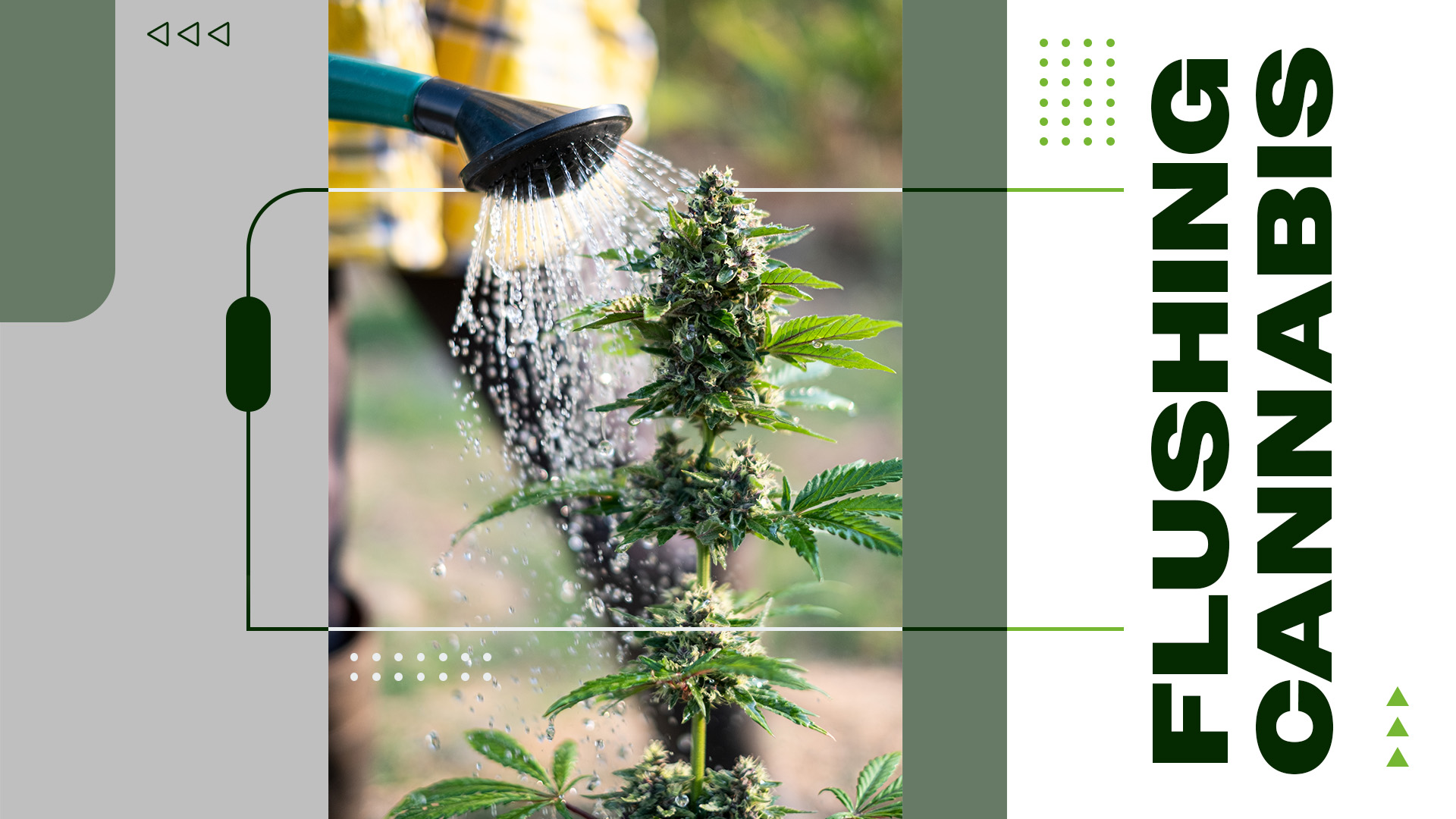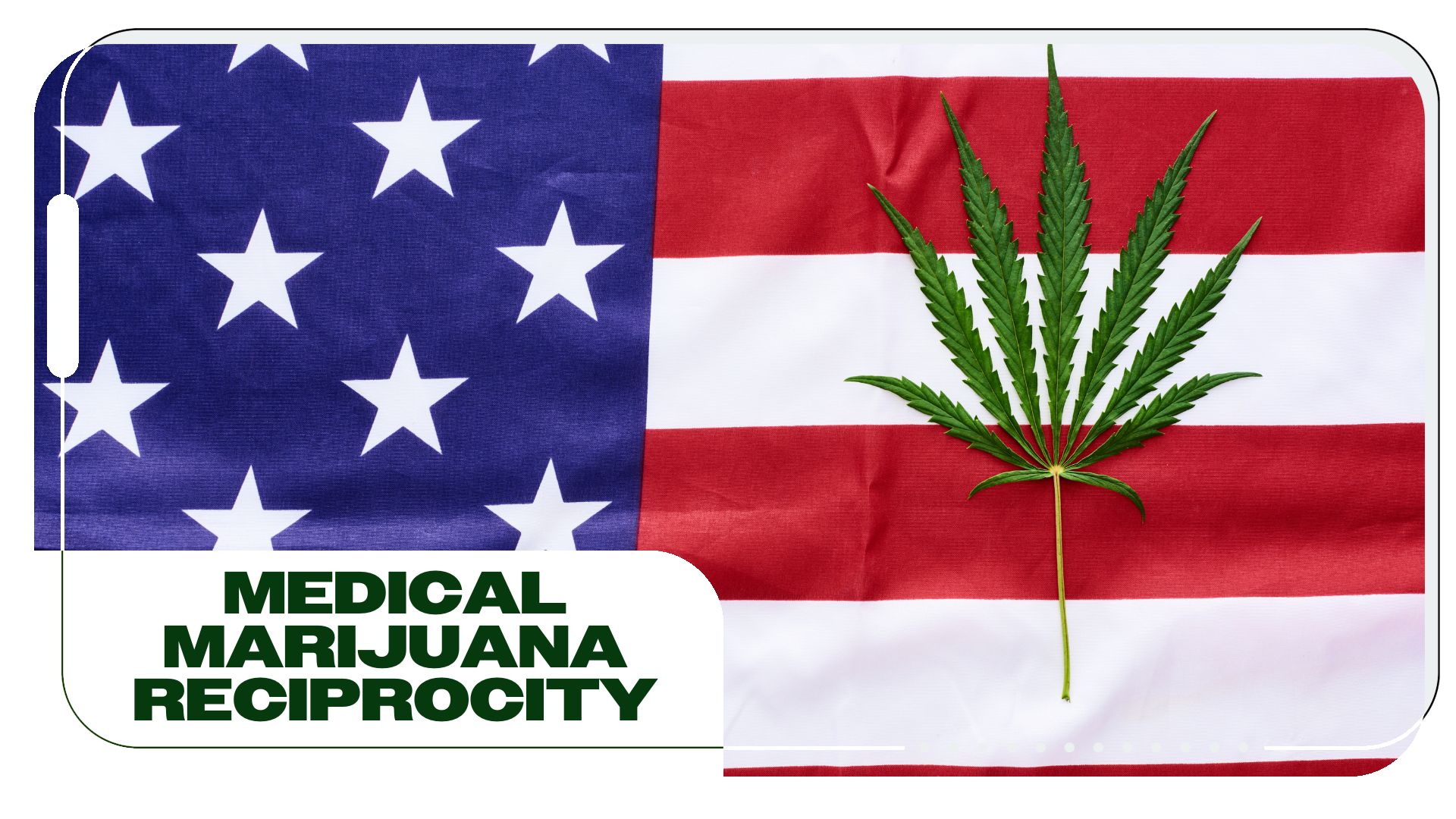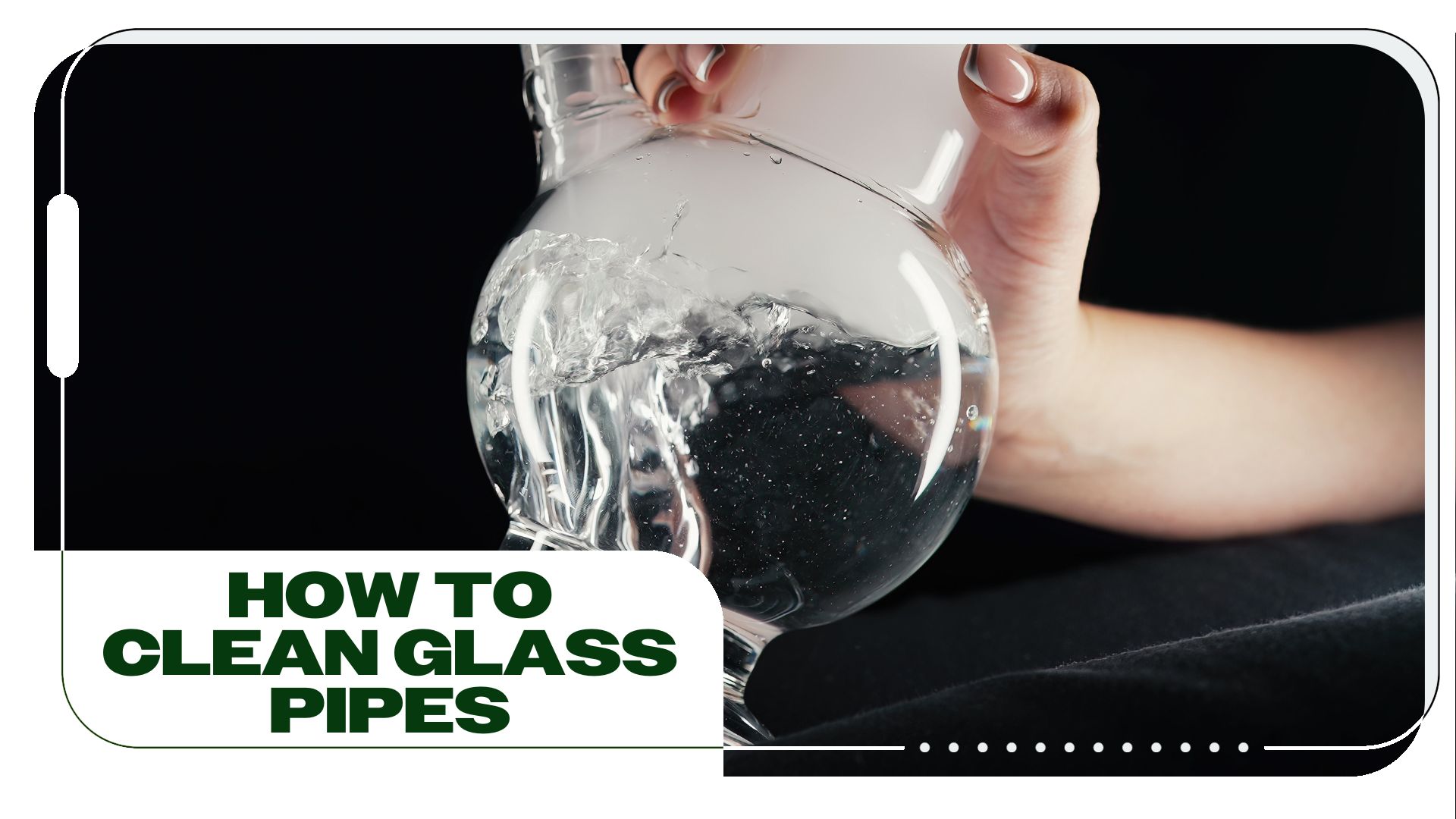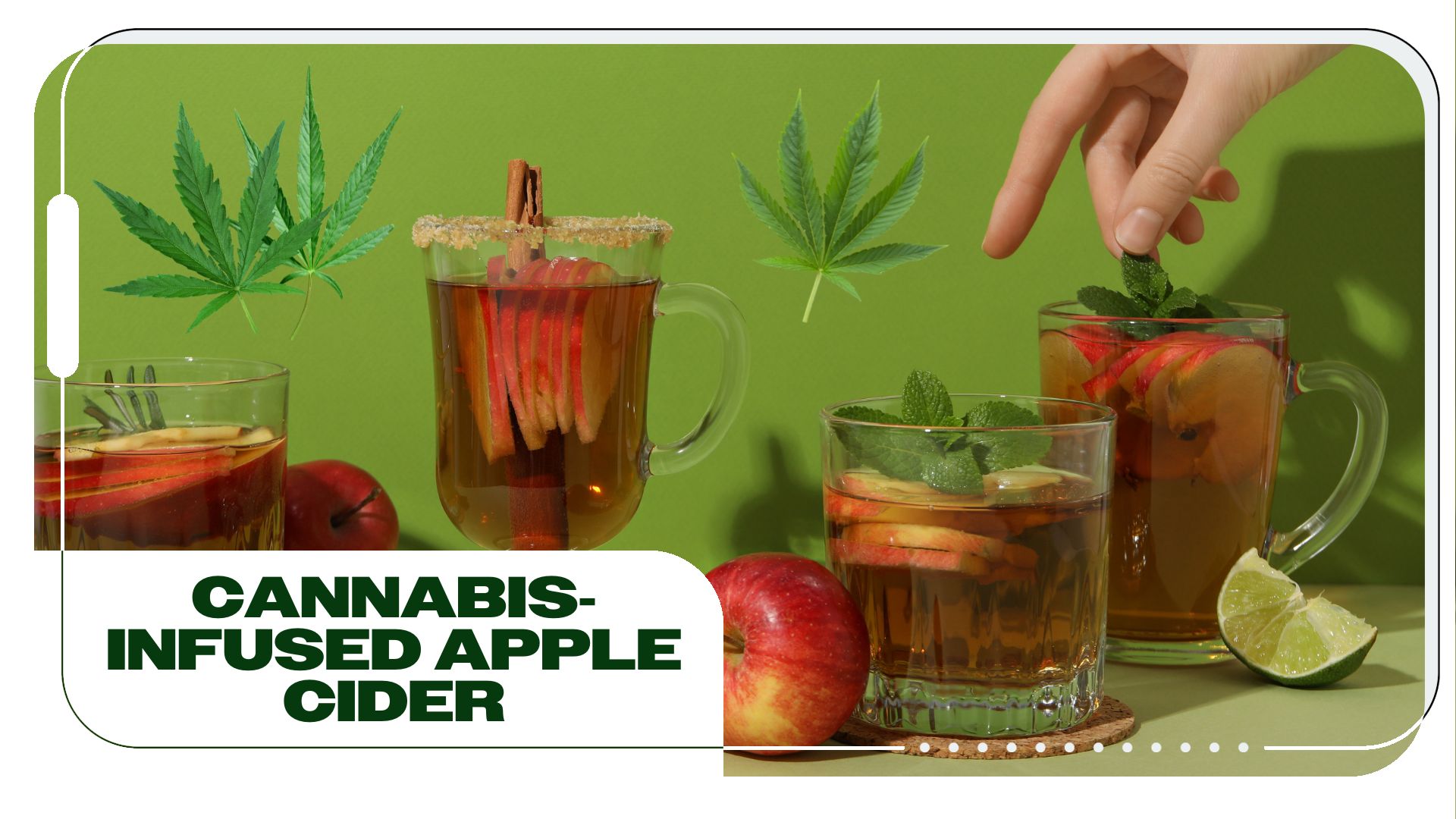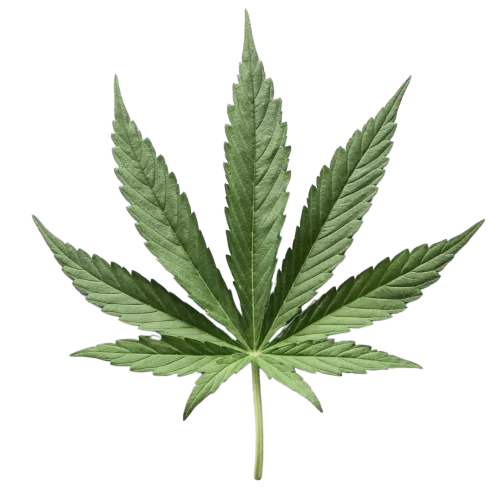It’s often said that the quality and success of the final harvest are determined by the practices implemented during the growing stage of a plant. Flushing is one such practice that growers can employ to make sure their cannabis yields are smooth, flavorful, and free from harsh chemical residues.
Whether you’re a newbie or a seasoned pro, this article will help you discover the science behind flushing, explore the different techniques you can employ, and examine the pros and cons associated with flushing so you can make an informed decision on whether or not to incorporate the practice into your cultivation process.
What is Flushing?
Flushing simply involves putting a pause on the use of fertilizers and nutrient solutions and replacing them with pure water for a specific period of time right before harvesting. The primary goal is to make sure that it removes any chemicals and salts that have accumulated in the plant’s tissues and growing medium is removed before harvesting the cannabis plant. This practice can help growers enhance the flavor, aroma, and overall smoothness of the final product.
The concept of flushing stems from the idea that, during the plant’s growth cycle, nutrients are vital for robust development and high yields. However, as time passes and the plant approaches maturity, too much of these nutrients can give the produce a harsh taste and an unpleasant smell. They can also cause health concerns for consumers. Flushing is believed to address these issues by forcing the plant to use up its stored nutrients, resulting in a purer product.
When to Flush Cannabis Plants
Knowing when to flush your cannabis plant is just as important as flushing the plant itself if you want to maximize the benefits of the practice. Flushing too early or too late can impact the quality and yield of the harvest. Here are key guidelines to note before flushing your cannabis plant:
- Soil Grown Cannabis
For soil-grown cannabis, you should flush your plant between one to two weeks before the time you expect to harvest it. Generally, soil has a higher nutrient retention than other mediums. Because of that, you’ll need a longer flushing period to be sure that all the residual nutrients are adequately leached out. You can tell it’s time to start flushing when you notice the pistils turning from white to reddish-brown.
The appearance of cloudy trichomes—which indicate that the plant is nearing maturity—is another sign to watch out for.
- Coco Coir Grown Cannabis
Coco coir retains fewer nutrients than soil but a lot more than hydroponic systems. Flushing in coco coir usually starts about one week before harvest. The pistils and trichomes are vital indicators to monitor so you can know when to start flushing. In coco coir, nutrient deficiency signs might pop up more quickly because of the medium’s lower nutrient retention, so you’ll have to be much more meticulous in your observation.
Why You Should Get Your Medical Marijuana Card
Veriheal has satisfied millions of patients nationwide by giving them access to these benefits
- Larger purchase limits
- Peace of mind
- Enhanced legal protection
- Access to higher potency strains
- Save up to 25% on cannabis purchases
- Skip the line at the dispensary
- Hydroponic Grown Cannabis
Hydroponic systems, where plants are grown in a nutrient-rich water solution without soil, require a shorter flushing period of about three days around five to seven days before harvest. With hydroponics, you can get more precise control over nutrient delivery and leaching, making the flushing process quicker and more efficient. Growers should watch for similar maturity indicators—pistil color changes and cloudy trichomes—to get the timing for flushing right.
Flushing Cannabis Plants: A Step-by-Step Guide
Cannabis plant flushing is a relatively straightforward process that can greatly enhance the quality of your final harvest. Instead of feeding the plant, you reduce its nutrient level. Here’s a comprehensive guide to assist you through the process.
Step 1: Measure the pH level of the water you intend to use with a pH meter. The ideal pH range for soil-grown cannabis is between 6.0 and 6.8, while for coco-coir, the range is 5.8 to 6.0 and 5.5 to 6.5 for hydroponics. Using water outside this range can put additional stress on the plants and limit the effectiveness of the nutrient-leaching process.
Step 2: Start by flooding the soil with water until it is thoroughly saturated. This initial flooding helps loosen the nutrients that are bound to the soil particles.
Step 3: After a few minutes, pour more water into the soil to start the flushing process. If you’re using a pot, you’ll notice that the initial water will start to drain from the bottom. At the start of the process, the runoff water will appear dirty and stained, showing that dissolved nutrients are present in it. But, as you continue flushing, the color of the runoff water should become more clear.
Step 4: Measure the TDS of the drained water using a TDS (Total Dissolved Solids) reader. A TDS reading below 50 ppm shows that the bulk of excess nutrients have been removed. Don’t stop flushing with fresh water until the TDS reading of the runoff water is very close to the TDS of the water that you are using for flushing.
Step 5: Once you’re done flushing, allow the plant to dry thoroughly before taking it back to the growing area. The drying period can take a day or more, depending on environmental conditions. During this period, avoid watering the plant to prevent overwatering and stress.
Will You Start Flushing Your Plant?
Flushing cannabis plants is an important step in the cannabis growing process. If done correctly and at the right time, it can make all the difference in the overall quality of your harvest. Though debates persist on whether or not the process is as effective as it is popularly considered to be, seasoned growers continue to attest to its efficacy in producing a cleaner and smoother smoke with better taste and improved potency.
So, flush your cannabis plants, improve their overall health, and get a much better harvest! And just in case you haven’t, book a session with one of our doctors and get your medical marijuana card by clicking here.
Author, Share & Comments


